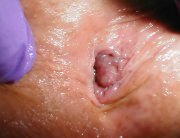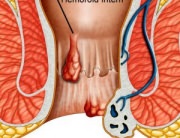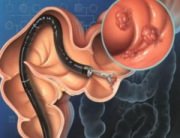The term “haemorrhoid” refers to a condition in which the veins around the anus or lower rectum are swollen and inflamed. Haemorrhoids may result from straining to move stool. Other contributing factors include pregnancy, aging, chronic constipation, diarrhea, or anal intercourse. Haemorrhoids are both inside and above the anus (internal) or under the skin around the anus (external).
Haemorrhoids cause itching, pain or bleeding of swollen tissues and varicose veins located in the anus and rectum. Fortunately, haemorrhoids can be treated easily, and may be prevented in many cases. Since the condition of haemorrhoids almost always tends to get worse over the years, safe, gentle, and effective treatment for haemorrhoids are advocated as soon as they occur.
Haemorrhoids affect almost 89% of the population, at some time in their lives. Haemorrhoids caused Napoleon to sit side-saddle, sent President Jimmy Carter to the operating room, and benched baseball star George Brett during the 1980 World Series. Almost two thirds of all healthy people reporting for physical examinations have haemorrhoids.
Internal haemorrhoids occur higher up in the anal canal, out of sight. Bleeding is the most common symptom of internal haemorrhoids, and often the only one in mild cases.
External haemorrhoids are visible-occurring outside the anus. Haemorrhoids actually are veins located under the skin, which become swollen and blueish. Usually they appear without any symptoms. When inflamed, however, they become red and tender. View haemorrhoid gallery for more detailed photos.
Sometimes, internal haemorrhoids will come through the anal opening when straining to move your bowels. This is called a prolapsed internal haemorrhoid; it is often difficult to ease back into the rectum, and is usually quite painful.
When a blood clot forms inside an external haemorrhoid, it often causes severe pain. This thrombosed external haemorrhoid can be felt as a firm, tender mass in the anal area, about the size of a pea.
Anal Fissure. A thin slit-like tear in the anal tissue, an anal fissure is likely to cause itching, pain, and bleeding during a bowel movement. For more detailed information, view our page on Anal Fissure.








